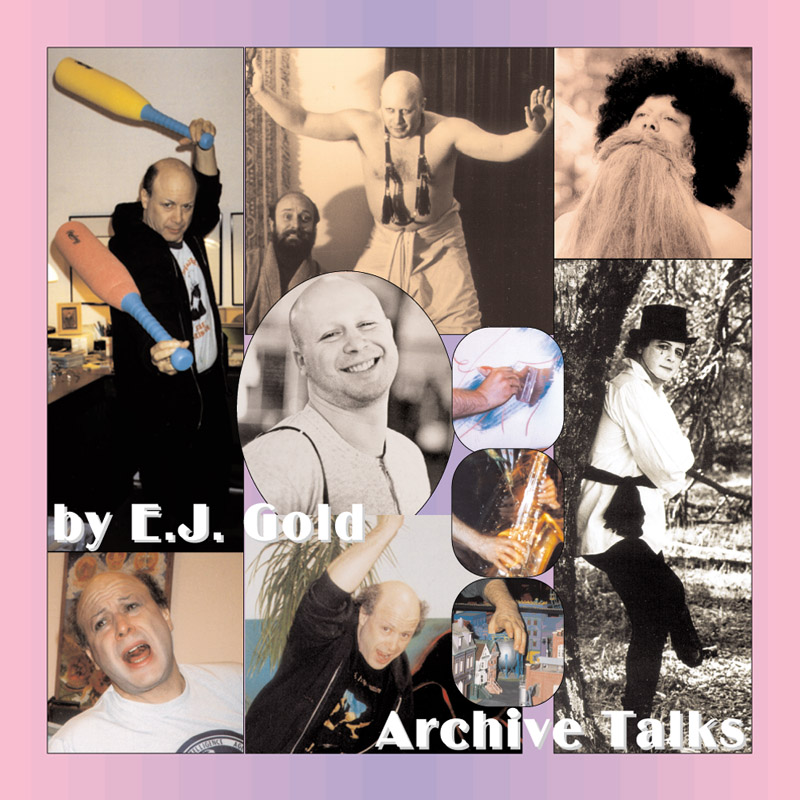

CDT372
Celtic Mythology in Tolkien's Lord of the Rings
Synopsis
The talk explores the intersection of Celtic mythology, magic, and ritual, particularly how these themes are reflected in J.R.R. Tolkien’s works. It discusses Tolkien’s philological background, the cultural context of language creation, and connections between ancient myths and the narrative structures in *The Lord of the Rings*. The speaker also examines the evolution of early agrarian magic, sacred groves, the significance of water, mythological artifacts like Excalibur, and the survival of oral traditions in written works. This culminates in a discussion of how magic functions within Tolkien’s mythology, emphasizing its natural and elemental aspects.
Summary
The talk begins by introducing the speaker’s personal connection to J.R.R. Tolkien and his father’s editorial work in science fiction and fantasy publishing. The speaker recounts Tolkien’s early storytelling, his linguistic expertise, and how his academic work contributed to the world-building in *The Lord of the Rings*. The talk elaborates on Tolkien’s development of Elvish and other languages, emphasizing the need for cultural context to support linguistic evolution.
The discussion shifts to Celtic mythology, beginning with an exploration of agrarian magic, sacred wells, and the role of druids in shaping early European belief systems. The speaker traces the cultural integration of mythology across different regions, touching on Arthurian legend, the importance of water sources, and the transition from oral to written traditions. The evolution of sacred groves into stone circles is highlighted, illustrating how early societies preserved their magical customs.
The talk extensively links Celtic mythology to Tolkien’s storytelling, identifying mythological elements embedded in *The Lord of the Rings*—including Tom Bombadil, the Barrow-downs, and magical objects such as weapons with specific destinies. The characters’ interactions with magic, ranging from Aragorn’s connection with nature to the overwhelming presence of fate and prophecy, reinforce the idea that Tolkien’s world is deeply influenced by ancient belief systems. The role of magic as a natural and elemental force rather than an arbitrary power set is a key theme.
The speaker concludes by underscoring the fluid boundary between mythology, magic, and science, stating that what was once considered magic often becomes science and vice versa. The discussion closes with an invitation to seek out the deeper mythological undercurrents in Tolkien’s work.
Keywords and Key Phrases
- Celtic mythology
- Agrarian magic
- Sacred wells
- Standing stones
- Druidic ritual
- Philology and myth
- Oral tradition
- Tolkien’s linguistic world-building
- Elvish language
- Trade routes in Middle-Earth
- Arthurian legend
- Excalibur and meteoric metal
- Tolkien and Old English texts
- Barrow-downs
- Tom Bombadil’s mythological roots
- Björning and Norse myth
- Oathbreakers and spectral armies
- Mythological weapons
- The magic of nature
- Natural forces in Tolkien
- Missing notes in mythology
- Song of Roland influence
- Beowulf echoes in Tolkien
- The Witch-King of Angmar
- Gwaihir and the eagles
- Magic vs. science in mythology
- Symbolic role of rings and fate
- Spiritual protection in ancient beliefs
Graphic Prompt
"An ancient, mystical grove surrounded by towering standing stones, bathed in twilight. In the center, a sacred well glows with an ethereal blue light, hinting at hidden power. At the edge of the grove, a cloaked druid raises a staff toward the sky, invoking nature’s magic. Nearby, a sword forged from a falling star rests atop a weathered stone pedestal, its blade gleaming with an otherworldly light. The atmosphere is a blend of Celtic mysticism and forgotten legends, where myth and history intertwine."



